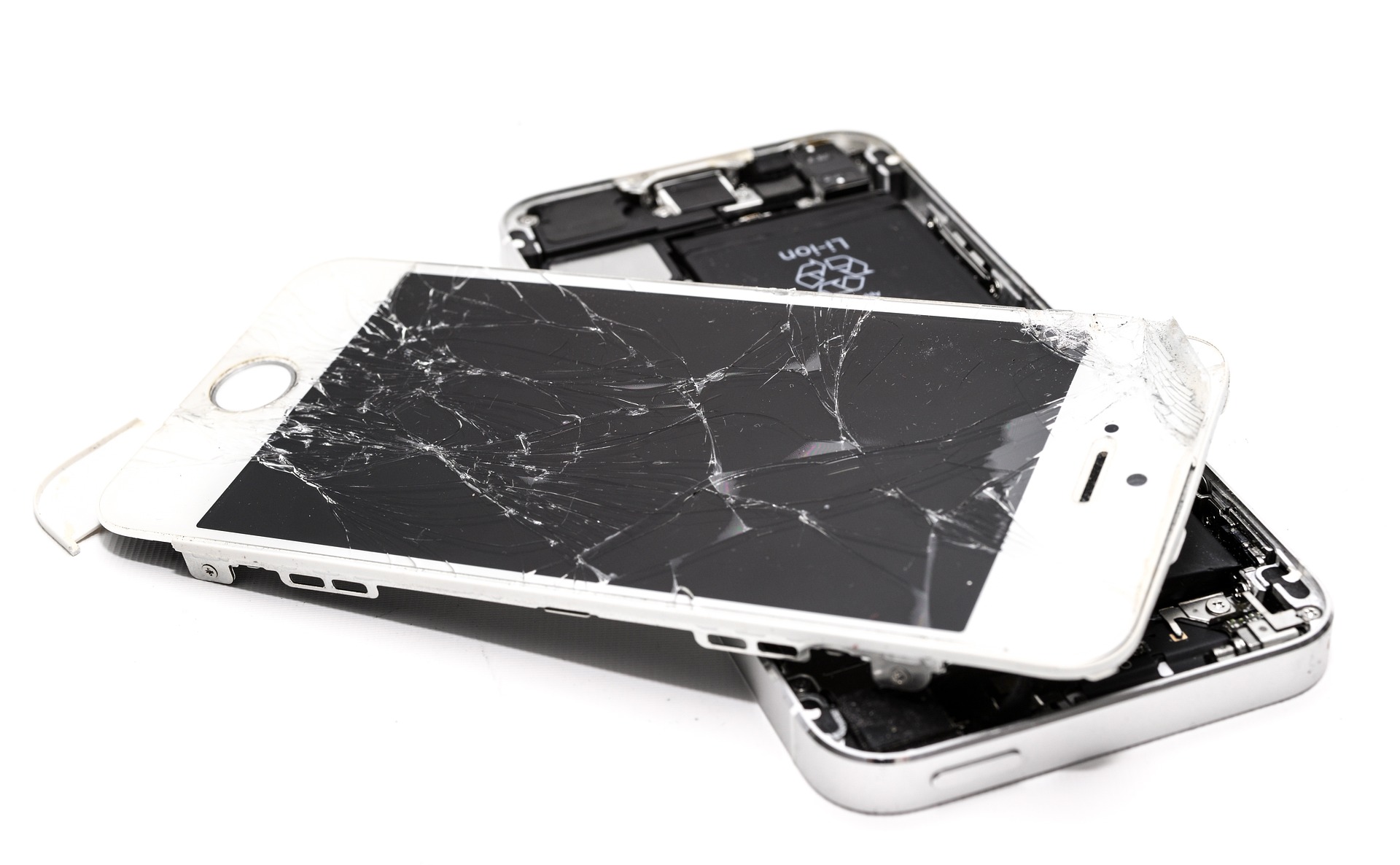In this blog, we discuss the future of those technologies, taking a closer look at emerging trends, technologies, and methods that are going to make cell phone screen replacement faster, cheaper, and easier than it has ever been. The development of cell phone technology has been nothing less than miraculous and still changes the very ways we communicate, work, and even entertain ourselves daily. Nevertheless, no matter what those advances, mobile phone screens remain delicate, which induces the necessity of effective and innovative ways in which they can be replaced.
The Rise of Mobile Phone Repair Centers
The flagship service in any of the w
orld mobile phone repair centers is the replacement of mobile screens. As the technology has made progress, such repair centers are evolving and incorporating techniques and tools that help in swiftly and fruitfully changing the screens.
Gone are those days when one had to wait for these long periods, at times leading to frustration and giving up—the outcome of their phone repair left hanging in suspense. Today, centers are updated with the latest in diagnostic and repair technology so that your device gets into your hands as soon as possible, working again like always.
DIY: A Growing Trend in Cell Phone Glass Replacement
The do-it-yourself movement has greatly changed all cell phone glass replacement near me searches; much more do it for themselves. Online tutorials and screen replacement kits are raining down even for the most audacious cell phone owner looking to repair right from home.
And, of course, this not only strengthens the consumer but also encourages the manufacturer to make more repair-friendly products that would go a long way, perhaps, to reduce the overall cost and complexity for something like a cell phone screen replacement.
Nanotechnology: The Future of Cellphone Screen Repair
Where this study comes in is with solutions in the nanotechnology revolution of Cellphone Screen Repair to possibly make the screens more damage-resistant in the first place. This study is coming up with such nanomaterials that can be coated on a protective screen cover and have excellent resistance against sorts of scratches or cracks. Furthermore, it is to continue to research and develop specifically in self-healing materials that are able to repair small cracks without the activity of human intervention, and so be able to evade screen replacement for minor damage in the future.
Mobile Phone Screen Replacement Becomes More Accessible
Service operations of all types where mobile phone screen replacements services have become more accessible than ever before because of the networks of repairers and the advent of mobile repair services. Business comes to you now, and with mobile shops, they even fix a screen right at home, work, or any other place—in a coffee shop.
These will totally be the game-changer for these kinds of busy people who cannot just do without their device for a length of time, however long or short it is.
The Impact of 3D Printing on Screen Replacement
Now, University of Toronto researchers have developed a machine that uses 3D printing technology to produce replacement parts for cell phone screens. It may also serve to dramatically lower the cost for consumers and their waiting time for replacement parts. Therefore, service centers could soon have 3D printers, which can produce any quality glass screens that fit precisely on any device. This will take so much inefficiency and cost of the whole module replacement.
Recycling and Sustainability in Screen Replacement
So, the future of replacing a cell phone screen is not with efficiency and technology; rather, it is with sustainability. So, this is a true call that takes the awareness of consumers toward sustainable practices, recycling old screens, and making new ones from sustainable materials. Repair centers and manufactures are increasingly turning towards greener approaches, e.g., recycling glass from the old screens to look at the possibility of using biodegradable materials for new screens, thus lessening environmental effects in the course of cell phone repair.
The Role of Artificial Intelligence in Diagnosing Screen Damage
The only remaining challenge is the diagnosis of screen damage—herein, Artificial Intelligence (AI) is ready to play a huge role, making the replacement of the cell phone screen even easier. Fast and precise AI diagnostics measure the level of screen damage, suggest the best alternative in repair, and go a step further to even forecast the life of the screen after repair. This level of accuracy promises better customer service with streamlined repair processes. 8. The Promise of Universal Screen Protectors
In the future, these universal screen protectors could be developed and thus minimize the risk before it even starts.
With such advanced protectors, they would not only shield the screen from impacts and scratches but also be adaptable to any phone model, thus eliminating accessories that are model-specific. In fact, such inventions would substantially lessen the number of times consumers would have to replace their cell phone screens, hence saving them not only time but money.
Conclusion
The future bodes very well for phone screen replacement services, as new advancements in technology and methodology promise to make the service more efficient, cheaper to provide, and even more widely accessible than ever. From new-age mobile repair services to the possibilities that nanotechnology and AI may offer, it doesn’t look like there is any stopping for this revolution in how we repair our devices. As technology moves forward, such innovations will not only make our repairing options better but will definitely add to a more sustainable and consumer-friendly ecosystem for mobile device maintenance.


